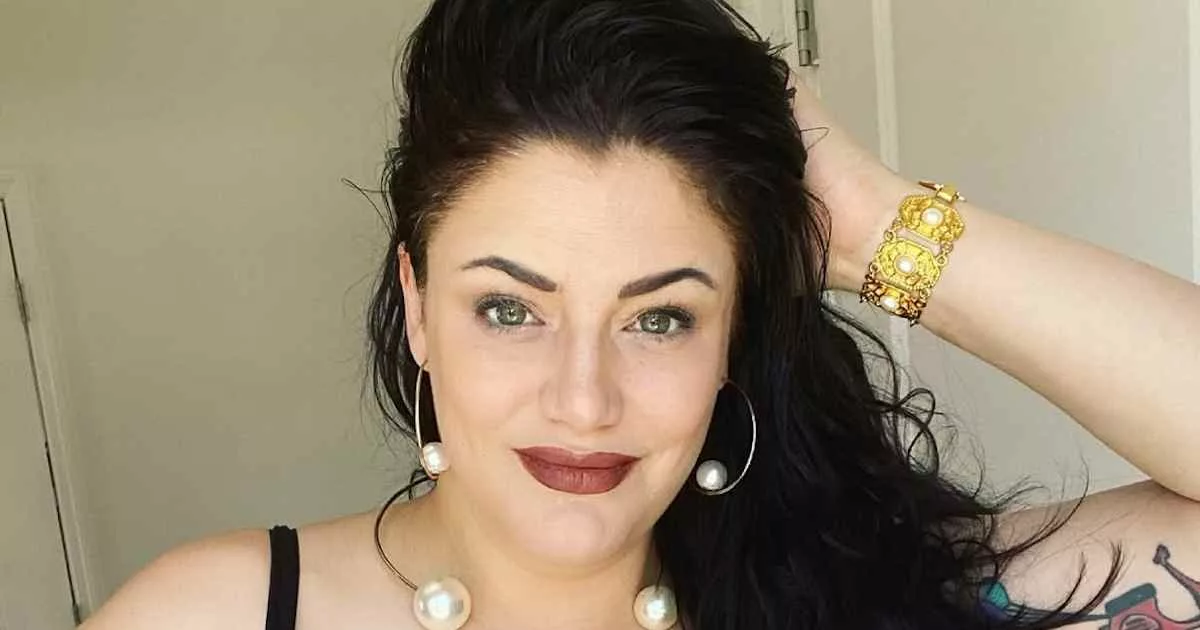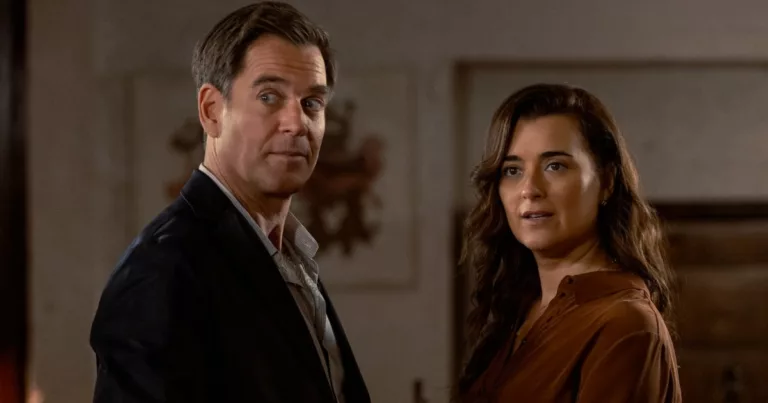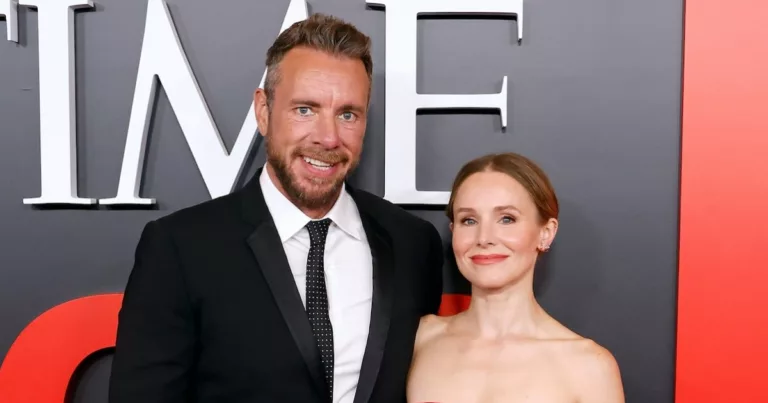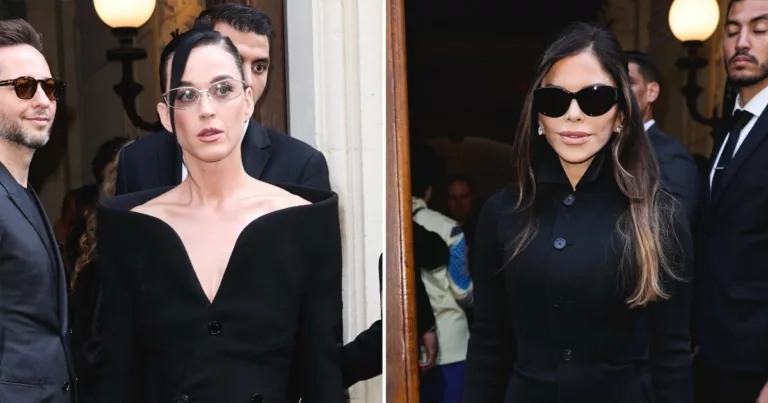Sarah Hartshorne Reveals CultLike Experience on ANTM in New Memoir
Sarah Hartshorne, a contestant from the ninth cycle of “America’s Next Top Model” (ANTM), has opened up about her tumultuous experience on the reality show in her new memoir, *You Wanna Be On Top? A Memoir of Makeovers, Manipulation and Not Becoming America’s Not Top Model*. In her book, Hartshorne describes the series, which was hosted by Tyra Banks, as having cult-like elements and shares shocking revelations about the behind-the-scenes dynamics that shaped her journey.
During its impressive 24-season run, ANTM launched numerous aspiring models into the spotlight, but Hartshorne’s account sheds light on the darker aspects of reality television. She recalls strict rules and an environment that felt more like a cult than a competition. “It began to feel like a cult, from the undisclosed filming locations in international waters to not being allowed to speak for days at a time,” Hartshorne writes. “And the reality is … it was a cult. I got suckered into a cult.”
Despite her critical perspective, Hartshorne expresses no ill will toward Banks. When asked what she would say to the show’s creator now, she quipped, “Thank you. Pay me.” This reflects a complex relationship with the show that brought her fame but also left her grappling with trauma.
Hartshorne’s memoir reveals a series of unsettling experiences. She recounts the intense process of making it onto the show, where contestants were blindfolded and forbidden from speaking to one another upon arrival in Puerto Rico. Each model underwent psychiatric evaluations, and Hartshorne recalls the moment she was stripped of most of her belongings by runway coach J. Alexander, who discarded nearly all her clothes except for one dress.
The first day of filming was particularly harrowing for Hartshorne. She describes feeling ill from the heat and being denied access to a bathroom, leading her to vomit quietly on the pavement. Contestants were reportedly not allowed to speak to one another except during mealtimes, creating an isolating atmosphere. After a week, the group was narrowed down to just 13 women who moved into the house, with producers instilling a sense of fear and urgency. Hartshorne recalls being told, “We chose you for a reason. Don’t make us regret it. Because we will make you regret it. Believe that.”
The pressure to conform was compounded by strict nondisclosure agreements (NDAs) that threatened contestants with lawsuits of up to $5 million for any breaches. Hartshorne claims that a team of lawyers intimidated the girls by detailing the severe consequences of violating these agreements.
The complexities of body image also played a significant role in Hartshorne’s experience. Labeled a “plus-size” model, she struggled with her self-esteem as she faced constant weigh-ins under the watchful eyes of the camera crew. When she was eliminated, Banks allegedly commented on her size, stating, “You’re very, very good, but the judges feel that your place in the industry is kind of confusing right now, because models are so, so, so skinny or they’re plus size. And you’re losing weight. So you’re neither.”
Despite these challenges, Hartshorne found empowerment in her time on the show, particularly in her decision to come out as bisexual, a moment that unfortunately never made it to the air. She describes it as a significant personal revelation that occurred in an environment where she felt a sense of safety among her fellow contestants.
Hartshorne’s reflections also touch on the pervasive presence of Banks, who she describes as always “performing.” While she acknowledges Banks’ magnetic personality, she wonders about the host’s vulnerability beyond the cameras. “I wondered whom in her life she trusted enough to be herself with,” Hartshorne confesses.
The memoir also highlights the manipulative tactics employed by producers, which Hartshorne likens to those used by cult leaders. She alleges that contestants were stripped of their phones and watches, prohibited from accessing newspapers or clocks, and subjected to deprivation of food, sleep, and basic comforts. “It pains me to say it, but it would be impossible for the producers, including Tyra, not to see the damage they were doing,” she writes.
Despite the hardships, Hartshorne emphasizes the camaraderie among contestants, who often banded together against the pressures imposed by the production team. They devised clever ways to avoid being filmed, such as singing songs or mentioning brands that couldn’t be aired.
After her elimination, Hartshorne faced further isolation, being sent to a hotel with strict orders not to leave her room for weeks. This sense of exile further contributed to her feelings of trauma surrounding the experience.
In her memoir, Hartshorne reflects on the duality of her time on ANTM, acknowledging both the joy it brought to viewers and the pain it inflicted on contestants. “ANTM brought a lot of people a lot of joy both on and off camera but it also harmed a lot of people,” she concludes. “It caused equally undeniable pain and trauma. Acknowledging one truth does not negate the other. Both can (and do) exist at the same time.”
*You Wanna Be On Top?* is available for purchase now, offering fans an unfiltered look at the reality behind one of television’s most iconic modeling competitions.





